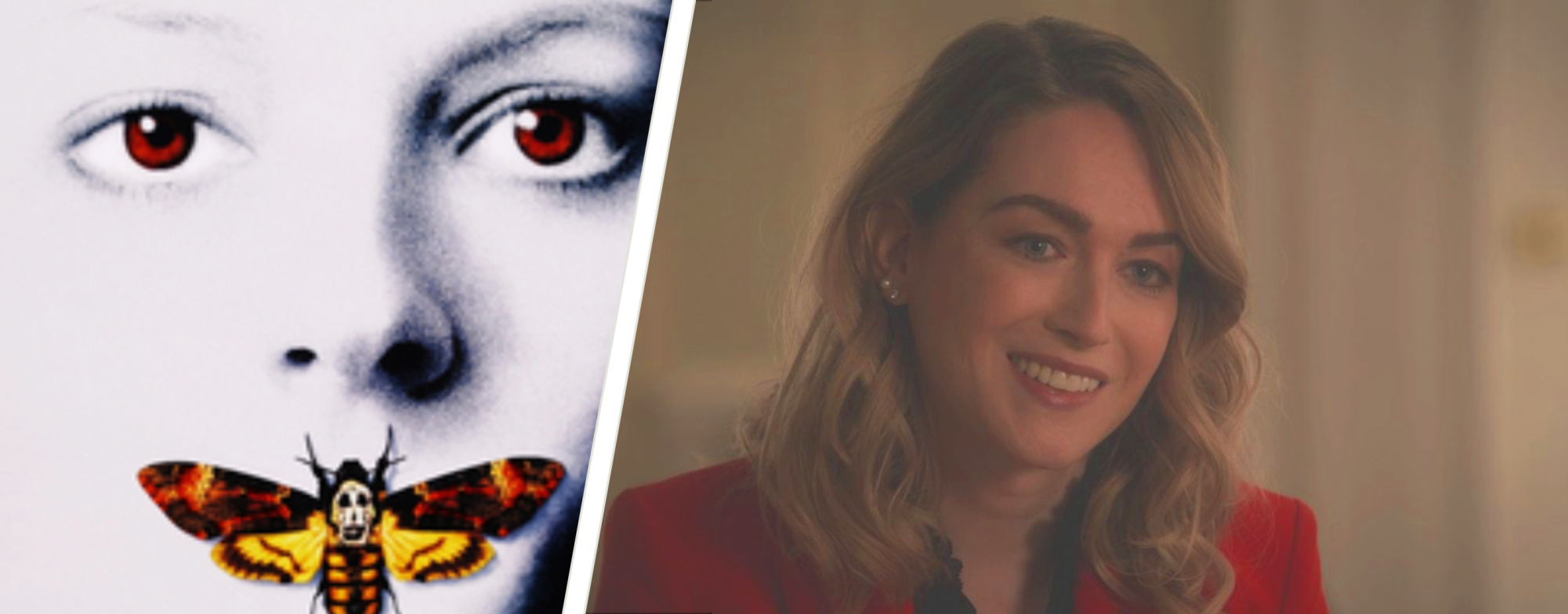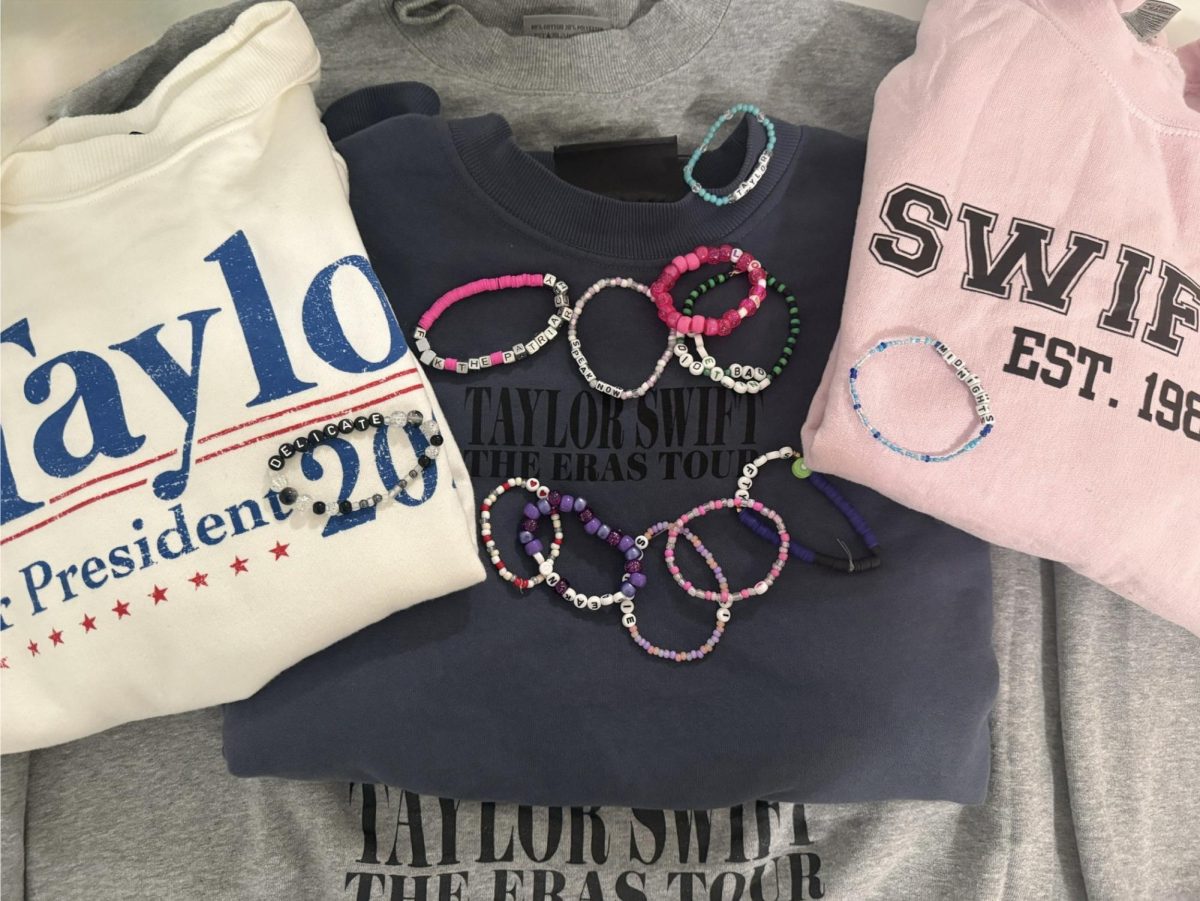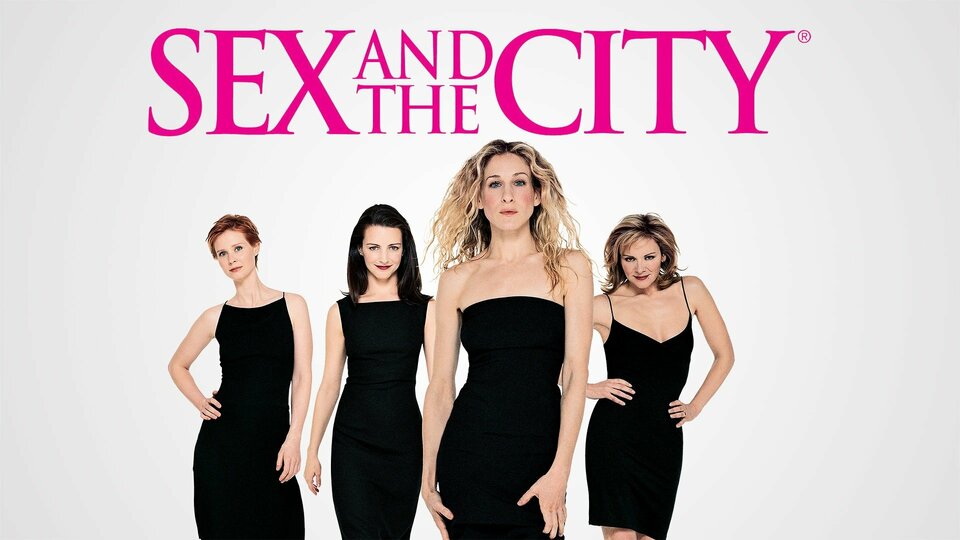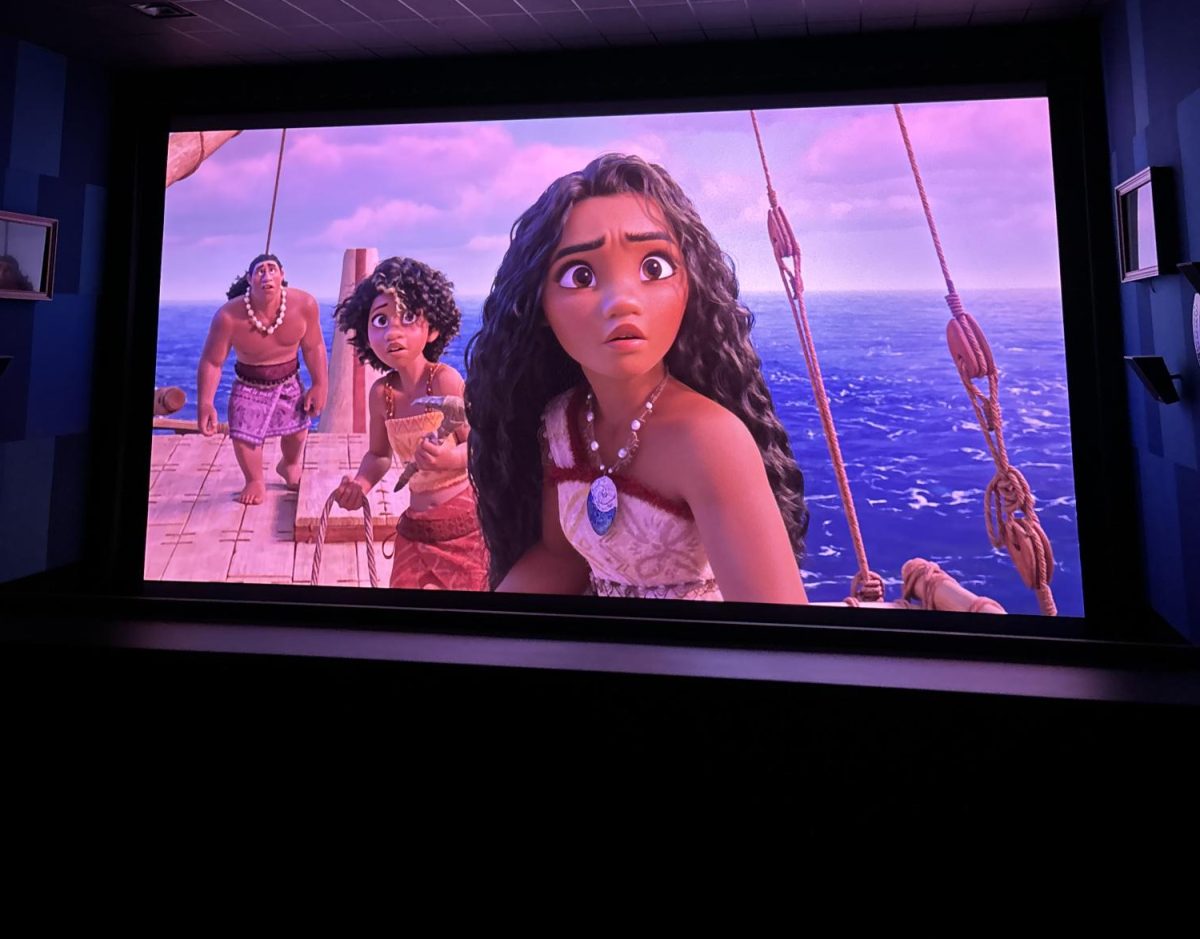Spoilers for Emilia Pérez, Transmitzvah, Designated Survivor, “The Immortal Hulk,” Sleepaway Camp, Silence of the Lambs, Mrs. Doubtfire, “Unbeatable Squirrel Girl,” and Ace Ventura: Pet Detective.
I think we all can agree that good representation is important. As a trans woman, I am naturally concerned with trans representation, but I believe everyone should have the opportunity to see themselves in media. Representation is both important for people who are a part of the community being represented, yet it is also important for people who are not a part of that community. For trans people, seeing trans individuals in media helps validate their identities, and for people who aren’t trans, seeing trans people represented well in media can help normalize people being trans, thereby shaping the reality that we live in and making society a better place. This ideal for representation does come with a caveat, though: The representation must be good.
Usually, the first few attempts in pop culture to write characters from marginalized groups are looked back on as nothing more than negative stereotypes, such as the Blacksploitation films of the 1970s. The results of this can be seen in the modern day: Those movies, which make modern audiences cringe, had primarily Black actors, and were a stepping stone into a new age where they had better representation. In the world of trans representation, we are both at that stage and past it. For example, John Waters, who by all accounts is an amazing man who was making films about drag queens in the 1970s, but even in the 21st century, some people are extremely mad when a trans actor is in media, or when a trans character exists.
The criteria for “good” representation include: The person should not fall into negative stereotypes for their community, their identity must not be played for laughs, and they should be played by a person who is a part of that community. In my opinion, they should also have some flaws, also known as being human, rather than just being for diversity’s sake, or a fetishized character for conspicuous consumption.

To start on a positive note, I would like to name four different examples of media that each utilize a well-represented trans character. First, Emilia Pérez in the movie “Emilia Pérez” (2024), written and directed by Jaques Audiard, is a trans character played by trans actress Karla Sofía Gascón. Emilia Pérez is a Spanish-language musical about a Mexican drug kingpin who hires a lawyer to organize gender reassignment surgeries in Israel for her, and then the lawyer also takes care of the family she already has prior to her transition. I enjoy how the eponymous heroine is not merely a trans woman, but she has desires and flaws. She loves and wants to be around her pre-transition family, but she does not want them to know who she used to be. She uses the money and connections she had from her illicit business to help find people who had been “disappeared,” presumably due to her previous cartel connections, and give them a proper burial with their family. She shows trans people that even though many of us want to leave our pre-transition selves behind, with all the baggage that comes with it, we can sometimes use those resources to help others. Many trans people want to just bury their past and become their new self fully, even when alone, but she chooses to use the person she was before she transitioned to do good for her community.
Another Spanish language film with trans representation is “Transmitzvah,” written by Ariel Gurevich and Daniel Burman, directed by Burman, and produced by Laura Fernández Espeso and Javier Méndez. This is the story of Mumy, a transfem Jewish singer who returns home to Argentina to have her Bar Mitzvah. She reconnects with her family during this time at home, but she also reconnects with herself. She is a popular singer who performs in Yiddish but also has a robust non-Jewish following. “Transmitzvah” is written more like a family drama and less like a story about trans people, and that is a wonderful thing. Mumy shows that transgender people can still have the religious connection that most reject due to disagreements with clergy. She searches for the people who will support her on her journey, and, at the right place and time, she has her Bar Mitzvah. Saying that she has her Bar Mitzvah could seem weird, but I feel the same way. She wants a Bar, not a Bat, and not a B’nei, a Bar Mitzvah. Mumy wants to have her Bar Mitzvah for Ruben, who never had one. Part of the plot is about how her voice regresses to Ruben’s voice after her father dies, and she needs to have a Bar Mitzvah for Ruben in order to become Mumy again. In the end, Mumy has the Bar Mitzvah in Toledo in a minyan of women, wearing tefillin and borrowing her brother’s name.
Mumy wanting a Bar Mitzvah makes more personal sense to me. I had a Bar Mitzvah while I was out to my closest friends and possibly my parents, but it still took years before I came out to the world. For me, it was, and always will be, my Bar Mitzvah, because I did it as a male, as a performance of my expressed and assigned gender. Whether or not I still identify with that gender is irrelevant because the whole idea of a Bar or Bat Mitzvah is it is a time of transition from childhood to adulthood. I did that, and I am now an adult according to Jewish law. Mumy is an excellent trans representation because she is not just trans. She has an issue that needs to be solved: She needs a Bar Mitzvah to get her voice back, which is not directly related to her being trans. Her being trans does complicate the issue, but it is not the only issue; it is merely one of the challenges she must face in order to solve her problem. She normalizes the idea that being trans is merely a part of someone’s identity, not the entirety of an identity, by being a complete person and not a cardboard cutout for virtue signalling. She is the protagonist in a show about Judaism and familial love, and I think that shows a special kind of beauty that is rare in movies.

Sasha Booker is another good example of trans representation in media. She is the sister-in-law of the president in the television show “Designated Survivor” (2016-2019), created by David Guggenheim. She starts off as someone who does not like the spotlight, especially for being trans, but she is encouraged by people around her, and she discovers that she has so much power to protect and aid trans people across the United States. She starts off as someone who wants to hide parts of her identity, but in the end, becomes someone who is proud of their identity. My favorite scene of the entire show, which I adored, is the scene in season three, episode three, “#privacyplease,” where Sasha, played by trans actress Jamie Clayton, asks the president how he feels, personally, about her transition. He responds by saying he completely accepts her, but he is honest and nuanced about his total reaction:
SASHA: You know, you never asked me any questions. Like, about my transition. I mean, everyone has questions. You must have had some
TOM: I wanted to respect your privacy.
SASHA: So, tell me, how do you feel, personally, about me?
TOM: Intellectually, sure. But what about viscerally?
SASHA: Intellectually, sure. But what about viscerally? I mean, have you fully accepted it viscerally? Be truthful. Please.
TOM: Honestly… I’d have to say that, viscerally… I’m still a work-in-progress.
SASHA: Aren’t we all?
This shows trans people that they should be proud of themselves, and to use their voices to help others, especially when they are in positions of power.
Last on my list is Dr. Charlene McGowan. She is from “The Immortal Hulk,” (2018-2021), written by Al Ewing, pencilled by Joe Bennett, and published by Marvel Comics, and she is a scientist. She makes black market gender affirming hormones for Kingpin, and then she is hired by the federal government to help contain or kill the Hulk. The story of “The Immortal Hulk” is about a yeti-looking villain named Xemnu who implants false memories into the public in order to make the general populace believe that he is an amazing superhero who has been there since the dawn of heroes. Dr. McGowan is talking to Doctor Leonard Sampson, another character from the many Hulk comics, and says, “You know I’m trans, right?” and Sampson responds by saying that he didn’t know exactly, but either way, he didn’t think that it was his business. After that, the conversation continues with some dialogue that is fairly essential to the plot, but unnecessary here. The point of bringing her up here is that her “coming out” to the audience is fairly obvious, but it is not her only character trait, nor her only reason for being a part of the narrative. She is not only in the story as a token and virtue signal, she is truly a brilliant scientist and is integral to, spoiler alert, the hero’s victory. This treatment of a trans character is excellent because she is shown to be human through all of her character development, both before and after this event. She shows that being trans is an integral part of her identity, but the reaction of Doc Sampson shows the readers that her trans-ness changes nothing about their relationship. The greatness of her writing is even more compounded by the fact that her trans-ness is a part of why the heroes win. She shows trans people that they can come out and be safe, as well as the fact that they can have confidence in their abilities. This is also an amazing way to show people who are not trans, and those who do not have many interactions with trans individuals, that trans people are just normal people, especially because everyone has their differences.
Now, onto the bad representations of trans people, in no particular order. First off, Koi Boi from “Unbeatable Squirrel Girl,” (2015-2019), written by Ryan North, art by Erica Henderson, and published by Marvel Comics. Normally, Koi Boi would be a fantastic character that represents the trans community. He is virtuous, kind, and an amazing friend, and the narrative never overtly mentions that he is trans he oftentimes helps Squirrel Girl save the day- wait, what was that second-to-last one? Yes, Koi Boi is never mentioned at all to be trans. The only reason he is known to be trans is that he is seen changing into his superhero costume twice in that run, and both times is wearing an undershirt that seemed odd to fans. They asked Erica Henderson on Twitter, and it was confirmed that Ken Shiga, alias Koi Boi, was wearing a binder, and was indeed a trans man. When, and this is personal preference, a character is trans, I would like it to be at least explicitly stated, or heavily implied, or at least something. If someone did not read social media and did not know the trans community very well, they would never pick up on it. I read this run of Squirrel Girl comics, and I only knew Koi Boi was trans because of my familiarity with the trans community and their ways of altering their bodies to lessen dysphoria. This representation is not necessarily bad, but it is not good either. This could be a preference, but I wish that there was any, even slight, mention of his transness. Now, this character is a decade old. In the grand scheme of Marvel character lifetimes, that is small. Therefore, I hold out hope that Koi Boi gets to be himself openly in a new run of Squirrel Girl comics.
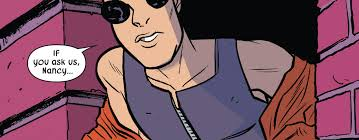
Second, “Sleepaway Camp” (1983), written and directed by Robert Hiltzik and produced by American Eagle Films, is a slasher mystery. The end of the movie reveals that the killer is Angela Baker, played by cis woman Felissa Rose, born Peter Baker. In the boating accident that killed their parents, only Peter survived. Their aunt, who adopted them, decided to raise them as Angela, because she already had a son named Ricky. Some activists argue that they are not truly trans because they were forced to “be Angela” by a pathological caregiver, but in my opinion, they are truly trans, with the two sequels showing Angela to be a woman who uses feminine pronouns. The problems with the movie go even deeper than that, though, for a significant and singular reason: Angela falls into the “trans woman is a serial killer” trope that horror movies seem to love. I should really say the “crossdressing man/trans woman is a serial killer” trope, because debates about “Psycho” (1960) and “Dressed To Kill” (1980) having trans characters continue to this day. Angela, from “Sleepaway Camp,” seemingly kills because of confusion about growing up, and hormones, specifically the testosterone she has, clashing with her perceptions of herself as female. This is not made extremely clear to the audience. It contrasts the sequels, where she has a clear motive each time: For example, in the sequel, “Sleepaway Camp II: Unhappy Campers” (1988) she kills campers whom she believes are “bad campers,” for example, those who smoked, drank, tried to scare her while dressed as horror icons, and other actions she did not care for. Angela is not a good representation of trans people in media because she represents two of the worst tropes possible: a killer due to confusion about gender and/or a killer due to wanting to be trans, and also that she was forced to be trans due to outside forces and not due to her own choice.
“Ace Ventura: Pet Detective” (1994), written by Tom Shaydac, Jack Bernstien, and Jim Carrey, directed by Shaydac, and produced by Warner Bros, is a terrible representation of trans people in media for two reasons. It both demonizes trans people and also makes trans people the butt of many jokes. First, the trans woman, Lt. Lois Einhorn (played by cis woman actress Sean Young) is the police chief where Ace Ventura lives, and she used to be an NFL kicker, unbeknownst to all around her. She missed the game winner in the big game, and she was put in a mental institution due to an unhealthy obsession with that event and Dan Marino, but she escapes. She is demonized before we even know that she is trans, but it still is in the audience’s minds after the reveal. The other negative is that she is the butt of many jokes, specifically when she is revealed to be trans. When Ace Ventura finds out, there is a montage of him vomiting, aggressively attempting to clean his mouth, and crying in the shower. Her outing is as long and drawn out as possible, with the police force surrounding Ace and Lois, and Ace verbally outing Lois. First, he attempts to rip off what he thinks is a wig, but it is just Lois’s natural hair. Second, he strips off her shirt, attempting to show a flat chest to everyone, but she has had top surgery. Next, he rips off her pants, attempting to show her genitals through her underpants, but she seems to have had bottom surgery as well. After a couple of beats, a whispered conversation with Marino, and a short speech, he dramatically turns Lois around to show that she had not, in fact, had bottom surgery, and was merely tucking: hiding her parts. Then, the police force gets twenty whole seconds to look shocked and disgusted at the fact that Lois is trans. This movie would make anyone uncomfortable, but especially any trans people watching would feel deeply offended. If someone’s first experience with a trans person in media was Ace Ventura: Pet Detective, they would have the incorrect idea that all trans people are psychotic tricksters who are out to get everyone with their trickery.
https://youtu.be/wVCaGZ798zQ?si=E4BLFbZbgMtmWzn0&t=66
Lastly, there are two examples of characters who are not necessarily trans but are still bad representations for the trans community. First, Mrs. Doubtfire from “Mrs. Doubtfire”(1993), written by Randi Mayem Singer and Leslie Dixon, directed by Chris Columbus, and produced by 20th Century Fox. Robin Williams plays a cis man named Daniel Hillard who dresses like a woman in order to still get to see his kids after his divorce. This trivializes the idea of transitioning, as well as being trans altogether. The ending does this even more by making Mrs. Doubtfire a character that Daniel Hillard plays in a new in-universe television series. There are also multiple jokes in the film that have transness as the butt of the joke, for example: when Daniel Hillard is calling Miranda and acting as many different applicants, the joke is that they are all terrible nannies. One of the people he pretends to be asks how many kids Miranda has, and when she responds by saying she has two girls and a boy, Daniel responds in her by saying “I don’t work with the males, ‘cause I used to be one,” and that line, as well as look of disgust on Miranda’s face, is meant to be laughed at. As much as I enjoyed the movie, that line, as well as the scene where Daniel reveals himself to his children, makes the movie less fun when watching as a trans individual. Mrs. Doubtfire ultimately makes being trans a joke, and though the movie is a comedy, some things should not be made into the butt of jokes.
The other not really trans character that is still damaging to the trans community is Buffalo Bill from the movie The Silence of the Lambs. He is the most quoted character who falls into the trope of the “crossdressing man/trans woman who is a serial killer.” Buffalo Bill was many of Gen X’s first exposure to individuals who seemed to be a transgender woman, and this caused many people who didn’t know anything else to accept this representation as an accurate blueprint of what all trans people are like. The novel, “The Silence of the Lambs” (1988) by Samuel Harries, on which the movie is based, makes it crystal clear that he is not transgender, but the movie is not as careful with its themes. Buffalo Bill both falls into an unfortunate trope that the late 70s to early 90s filmmakers seemed to love, as well as not really being trans, but the movie doesn’t make that clear enough.

